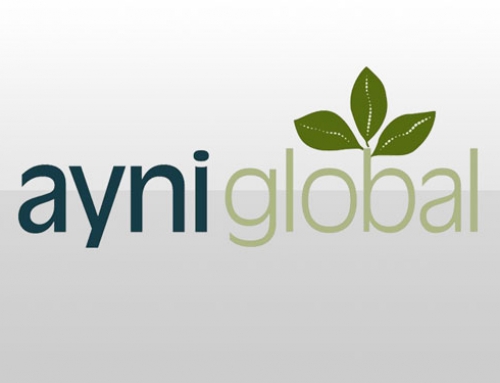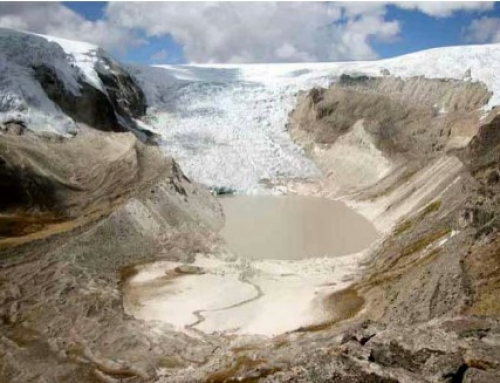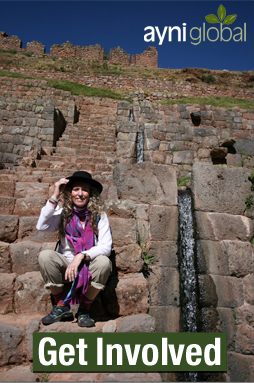Peru’s indigenous communities are caught in a battle for self-determination, about land, natural resources, and their way of life. Their fight is against mining, oil and gas exploitation, palm oil plantations, hydroelectric dam construction, and new rural infrastructure. All of these types of development have expanded into Peru’s Andean highlands and Amazonian lowlands in the decade since the conclusion of the political violence that shook the country.
In 2009, their fight for rights reached a breaking point when indigenous communities in the northern Amazon physically protested against the construction of a major highway near the town of Bagua, Peru. The protest was also against new laws that would provide companies easier access to natural resources on their lands. Bloodshed followed and Peruvian police ended the protest with violence that claimed the lives of 30 indigenous people. Fortunately, these horrific and unjust events signified a turning point for indigenous rights in Peru. As a result, the country passed a law, International Labor Organization Convention No. 169, that makes it necessary for indigenous people to be consulted about any new development projects that might impede on their territory or lifestyle. However, indigenous communities still face discrimination and are engaged in disputes with Peruvian companies and government municipalities that threaten their land with development.
Recent development projects the indigenous communities in Peru face include the proposal of a hydroelectric dam on the Ene River that would flood fifteen local villages. In addition, the Archur people living on a tributary of the Pastaza River in northern Peru have an ongoing court battle with Talisman Energy, Inc., which seeks natural resources and oil drilling rights on their land. In an effort to protect themselves from any possible harm, the Archur people relocated and abandoned their land. All throughout the country, mining, oil, and infrastructure projects threaten indigenous communities. In the central highland region of Ancash, which has the largest number of conflicts, Quechua farmers compete for water with not only the changing climate patterns, but with a hydroelectric plant on the Santa River. Additionally, another hydroelectric dam project on the Inambari River in Southern Peru would displace at least 3,000 people, and some of them Quechua. Water is also a concern in the northern highland region of Cajamarca, where Quechua communities are protesting a new mine that would destroy wetlands and four lakes. The most vulnerable indigenous people are the seminomadic groups in the Peruvian Amazon and Andes that avoid contact with the outside world. Special attention must be dedicated to these indigenous groups in order to successfully protect their rights concerning land, water, and natural resources.
Land encroachment is not the only problem that indigenous people must face. They are also plagued with the highest poverty and malnutrition rates in the Peru, as well as disparities in education, health care, clean water, and nutritious food. Indigenous people have a strong connection with the land that symbolize a material, cultural, and spiritual foundation for their existence, development and ability to support themselves. The United Nations Declaration on the Rights of Indigenous Peoples (UNDRIP) was created to protect the rights to land and resources for the indigenous peoples of the world. Nevertheless, Peru’s mission to spur economic growth and decrease poverty rates has created a hunger for natural resources, energy production and development. This in turn has severely impacted the country’s ability to uphold the UNDRIP.
In March of 2012, there were 237 ongoing conflicts registered with the Peruvian government, and more than half were socioenvironmental disputes. The majority of these involved communities located near oil drilling or mining operations, and were instigated by incidents of environmental damage or companies not satisfying their agreements to support the local communities’ development. In the last few years, there has been an increase in protests by indigenous communities against large-scale development projects because of a growing awareness of the indigenous rights outlined in the International Labor Organization Convention No. 169 and the UNDRIP. However, these laws are not applicable to existing projects, such as mines or oil drilling, so it is unlikely that these present disputes will be settled peacefully, but future conflicts could be averted under these legal frameworks. Further local, governmental, and international actions must be taken in order to fully protect the rights of indigenous communities not only in Peru, but throughout the world. These land, water, and natural resource right violations are destroying indigenous lives and the Earth simultaneously, and therefore, it is a collective responsibility to undergo development in an equal and sustainable way.
Links and References:
United Nations Declaration on the Rights of Indigenous Peoples (UNDRIP), March 2008
http://www.un.org/esa/socdev/unpfii/documents/DRIPS_en.pdf
International Labor Organization Convention No. 169
http://www.ilo.org/indigenous/Conventions/no169/lang–en/index.htm
Indian Country, “Peru’s Indigenous Band Together to Protect Their Lands and Water Rights,” May, 2012
http://indiancountrytodaymedianetwork.com/article/perus-indigenous-band-together-to-protect-their-lands-and-water-rights-112918




Leave A Comment